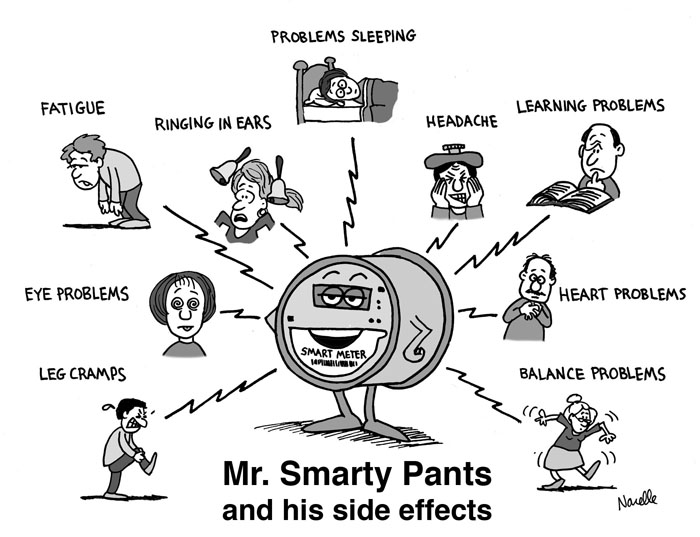Great big thanks to activists in North Carolina who won a free utility smart meter opt out provided they submit a simple note from a doctor to the utility.
The North Carolina Utilities Commission (NCUC) decision states, “…the Commission believes it is inappropriate to require customers who maintain that they need to avoid exposure to RF emissions to the extent possible to protect their health to pay [Duke Energy Carolinas] DEC’s proposed smart meter opt-out charges.
Andrew McAfee, an activist leader in this case said: “The removal of Duke’s opt-out fees stops that added insult to injury for many who suffer debilitating electrosensitivity conditions and their associated health costs,” “Most importantly, the NCUC order recognizes our medical doctor’s proper role in determining what is healthy, not the FCC.”
The note from the doctor does not need to explain any diagnosis or symptoms, but would need to be signed and notarized and simply state:
“I am a medical physician licensed by the North Carolina Medical Board. ______________(Name of Duke Energy Customer) must avoid exposure to RF emissions to the extent possible to protect ______ (his or her) health.”
In California, and in other states, utilities charge extortion fees to avoid smart meters. This case in North Carolina sets an important precedent.
More: Landmark NCUC decision



